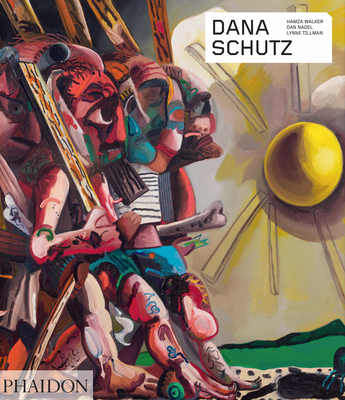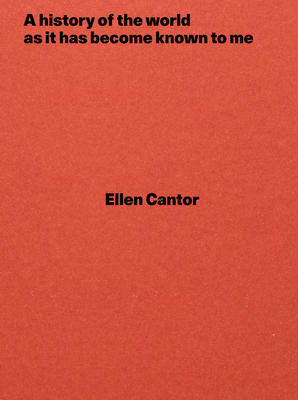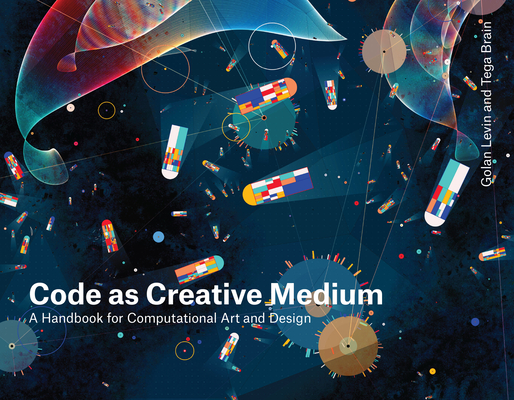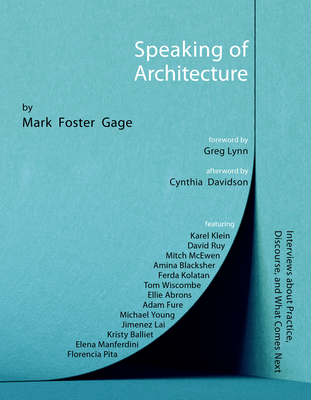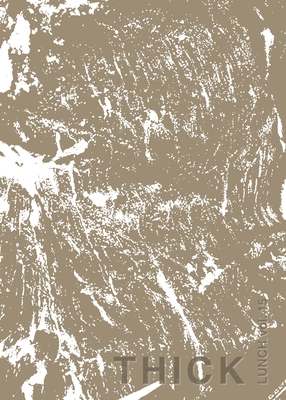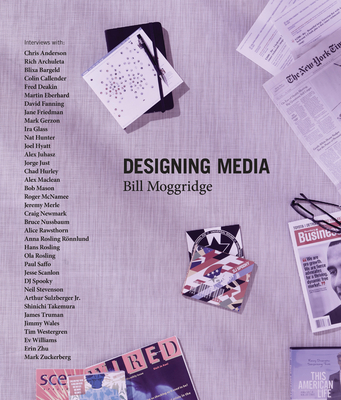
Designing Media
Description
Connections and clashes between new and old media, as told by interviewees ranging from the founder of Twitter to the publisher of the New York Times.
Mainstream media, often known simply as MSM, have not yet disappeared in a digital takeover of the media landscape. But the long-dominant MSM—television, radio, newspapers, magazines, and books—have had to respond to emergent digital media. Newspapers have interactive Web sites; television broadcasts over the Internet; books are published in both electronic and print editions. In Designing Media, design guru Bill Moggridge examines connections and conflicts between old and new media, describing how the MSM have changed and how new patterns of media consumption are emerging. The book features interviews with thirty-seven significant figures in both traditional and new forms of mass communication; interviewees range from the publisher of the New York Times to the founder of Twitter. We learn about innovations in media that rely on contributions from a crowd (or a community), as told by Wikipedia's Jimmy Wales and Craigslist's Craig Newmark; how the band OK Go built a following using YouTube; how real-time connections between dispatchers and couriers inspired Twitter; how a BusinessWeek blog became a quarterly printed supplement to the magazine; and how e-readers have evolved from Rocket eBook to QUE. Ira Glass compares the intimacy of radio to that of the Internet; the producer of PBS's Frontline supports the program's investigative journalism by putting documentation of its findings online; and the developers of Google's Trendalyzer software describe its beginnings as animations that accompanied lectures about social and economic development in rural Africa. At the end of each chapter, Moggridge comments on the implications for designing media. Designing Media is illustrated with hundreds of images, with color throughout. A DVD accompanying the book includes excerpts from all of the interviews, and the material can be browsed at www.designing-media.com.
Interviews with:
Chris Anderson, Rich Archuleta, Blixa Bargeld, Colin Callender, Fred Deakin, Martin Eberhard, David Fanning, Jane Friedman, Mark Gerzon, Ira Glass, Nat Hunter, Chad Hurley, Joel Hyatt, Alex Juhasz, Jorge Just, Alex MacLean, Bob Mason, Roger McNamee, Jeremy Merle, Craig Newmark, Bruce Nussbaum, Alice Rawsthorn, Anna Rosling Rönnlund, Hans Rosling, Ola Rosling, Paul Saffo, Jesse Scanlon, DJ Spooky, Neil Stevenson, Arthur Sulzberger Jr., Shinichi Takemura, James Truman, Jimmy Wales, Tim Westergren, Ev Williams, Erin Zhu, Mark Zuckerberg
Praise for Designing Media
On the surface, just another anthology of interviews. But the interviews are so good! And the range of voices so rich! I'm an unwilling fan of this book. Bill Moggridge moves the questions way beyond normal discussions about 'media.'—William Drenttel, The Design Observer Group—
Print isn't dead, Designing Media, a fascinating new doorstop of a book by Cooper-Hewitt, National Design Museum chief Bill Moggridge, seems to say. It's just waiting for design to save it.
—Fast Company—
Under Moggridge's watch, Designing Media becomes more than a set of interviews. By the final comments in the last interview, the thrust of its underlying thesis that 'the printed word will not disappear' simply serves as a valedictory to a thesis that the reader has already discovered for themselves. Moggridge assures us that, 'while digital media is directly responsible for falling revenues in music, film and the printed word, individuals and companies will find ways to carve niches in the new digital domain.'
—Core 77—







